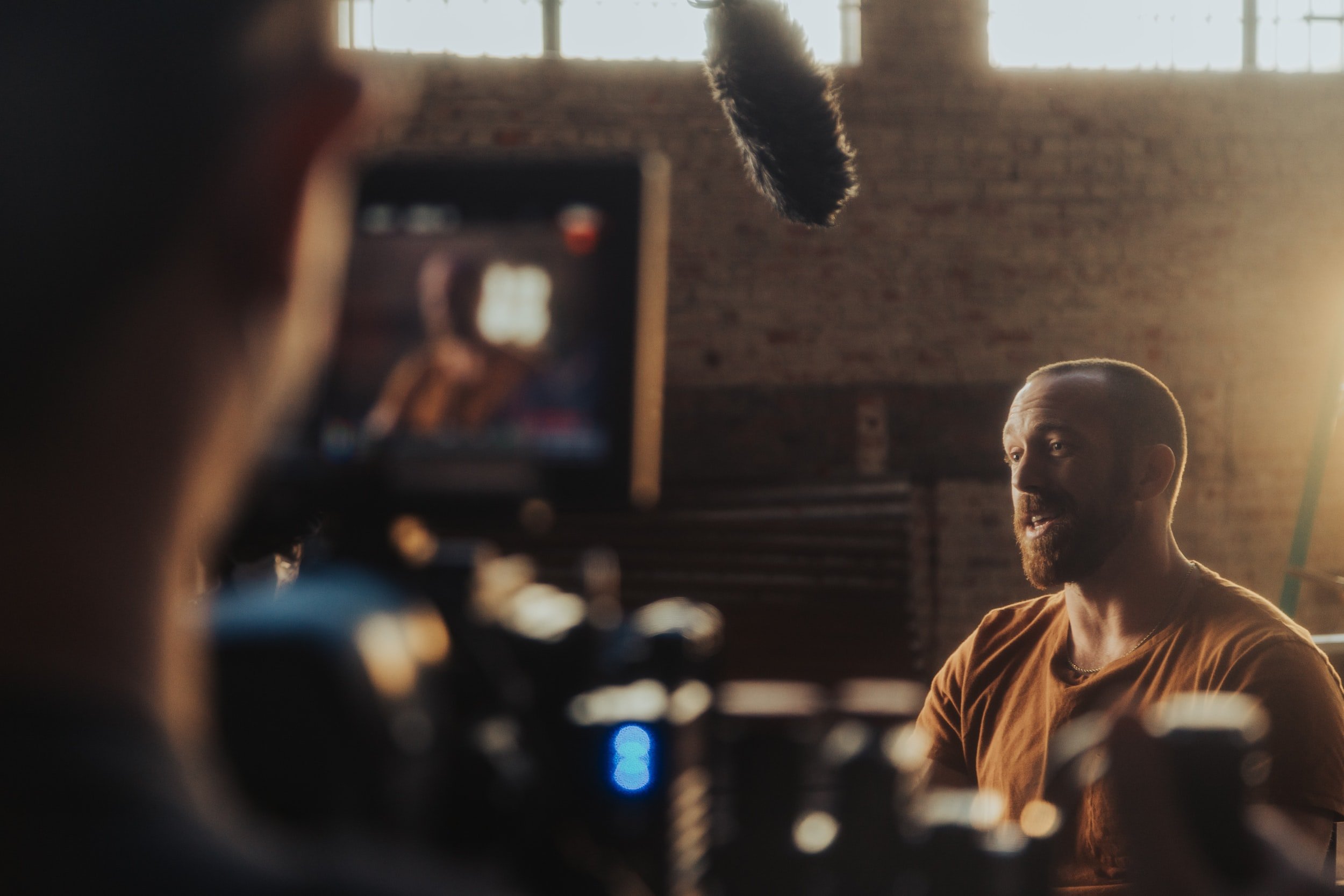Unlocking the Magic of Cinematography in Commercial Advertising: The Power of Visual Storytelling
Cinematography is a powerful tool for commercial advertising. It can be used to tell visual stories that engage viewers and evoke emotion. Cinematographers, also known as Directors of Photography, are artists who create compelling visuals and powerful stories. In this article, we’ll explore how cinematography can be used to create engaging commercial advertising and the benefits of doing so.
Photo by Jacob Owens on Unsplash
What is Cinematography?
Cinematography is a form of visual storytelling, using a combination of camera angles, lighting, color, and movement to capture and convey a story. Cinematographers are responsible for creating shots that capture the mood and emotion of a scene, and for creating the overall look and feel of a film. Cinematographers use a variety of tools to achieve their desired results, including cameras, lenses, lighting, colors, composition, and in-camera visual effects.
The power of cinematography lies in its ability to create and convey emotion. By carefully composing shots and manipulating light, cinematographers can create images that are both beautiful and thought-provoking. Cinematography is a powerful tool for commercial advertising because it can be used to tell engaging stories that capture the hearts and minds of viewers.
Cinematography in Commercial Advertising
Cinematography is an essential tool for creating commercial advertising. A cinematographer’s job is to capture the mood and emotion of a scene and create a visual story that resonates with viewers. Cinematographers have the power to create powerful visuals that attract attention and evoke emotion.
Cinematography in commercial advertising can be used to create a variety of visuals, from close-up Point-of-View (“POV”) shots to sweeping aerial shots. Cinematographers can use their creativity to explore different artistic and technical ideas to create unique and compelling visuals. By carefully composing shots and manipulating light, cinematographers can create visuals that stand out from the crowd.
Benefits of Cinematography in Commercial Advertising
Cinematography in commercial advertising has a number of benefits. First, it can be used to create an attention-grabbing visual story that resonates with viewers. By carefully crafting shots and manipulating light, cinematographers can create visuals that draw viewers in and evoke emotions.
Cinematography can also be used to create emotional and visceral connections with viewers. By creating visuals that evoke emotions, cinematographers can create powerful advertising that resonate with viewers.
Cinematography can also be used to create refined beauty-product shots. Cinematographers can use their creativity to create visuals that showcase the beauty of products in an aesthetically pleasing way. This can be done by carefully manipulating light and carefully composing shots to create a visually pleasing image.
Finally, cinematography can be used to create a cinematic look and feel. By using the tools of cinematography, cinematographers can create visuals that feel like a movie, making your videos look more professional.
The Tools of Cinematography
Cinematographers use a variety of tools to create powerful visuals and tell engaging stories. The most common tools used are cameras, lenses, lighting, colors, composition, drones, gimbals, motion-control rigs, and in-camera visual effects.
Cameras are are used to capture the visuals of a scene. Cinematographers can use a variety of different cameras as different cameras offers a range of palettes and varying looks. Cameras that can be used include DSLRs, mirrorless cameras, high-end digital cinema cameras, celluloid film cameras, and high-speed cameras.
Lenses are also an essential tool for cinematographers. Lenses are used to manipulate the image and focus in on what the audience should see and how it should be seen. Cinematographers use a variety of lenses, including fish-eye or wide-angle lenses, telephoto lenses, tilt-shift lenses, and macro lenses.
Lighting is the most essential tool for cinematographers. Lighting is used to create the desired mood and emotion of a scene. Cinematographers use a variety of lighting techniques, including the use of natural lighting versus artificial lighting, using hard light versus soft light, using high contrast lighting versus low contrast lighting, and using colored lighting and color theory.
Drones, gimbals, and motion-control rigs are also used by cinematographers. These tools allow cinematographers to capture sweeping aerial shots and create dynamic camera movements.
Finally, in-camera visual effects are used to create visuals that are not possible in real life. Cinematographers can use these effects to create magical and surreal visuals.
Crafting Emotional and Visceral Connections
Cinematography can be used to create powerful visuals that evoke emotion and create emotional and visceral connections with viewers. Cinematographers can use their creativity to explore different artistic and technical ideas to create visuals that resonate with viewers on an emotional level.
By carefully composing shots and manipulating light, cinematographers can create visuals that capture the mood and emotion of a scene, using their creativity to create powerful visuals that can enhance a product or service.
Cinematographers can also use their creativity to create visuals that showcase the beauty of products in an aesthetically pleasing way.
Conclusion
Cinematography is a powerful tool for commercial advertising. It can be used to tell visual stories that engage viewers and evoke emotion. Cinematographers are artists who use the tools of cinematography to create compelling visuals and powerful stories. By exploring different artistic and technical ideas and testing concepts and exploring opportunities, cinematographers can create visuals that stand out from the crowd and capture the hearts and minds of viewers.
Schedule a free 15-minute call with Mario’s Mark to book a professional cinematographer for your video ad today.


